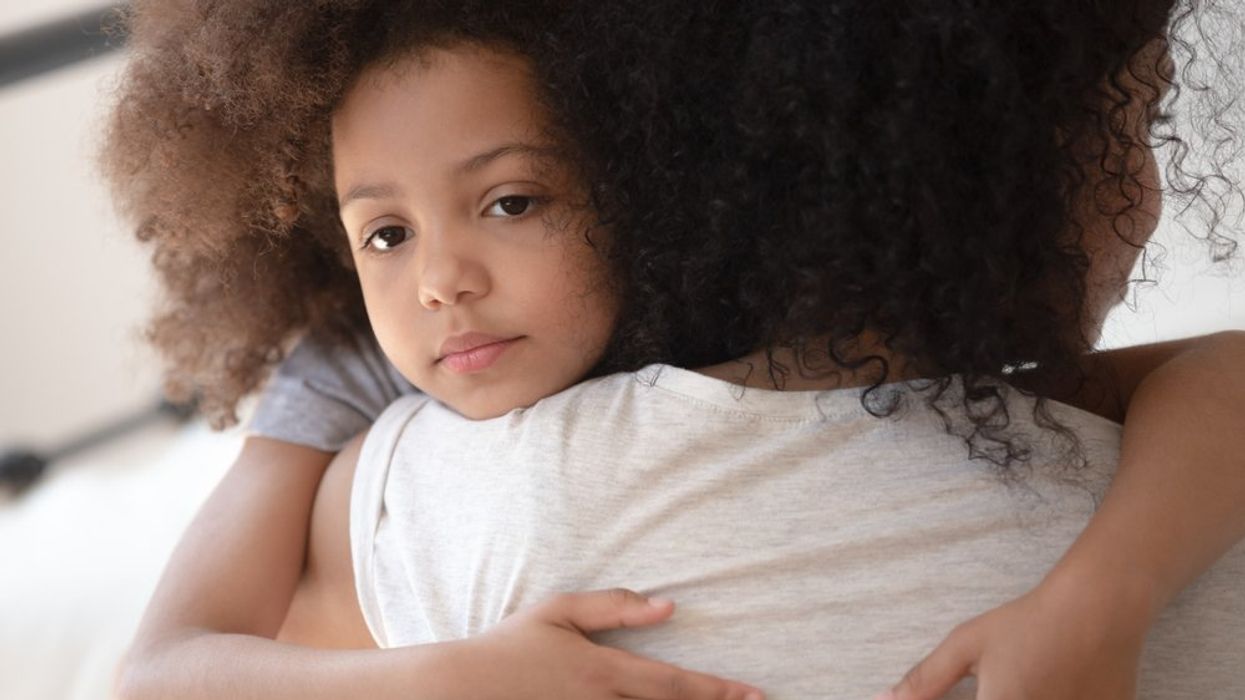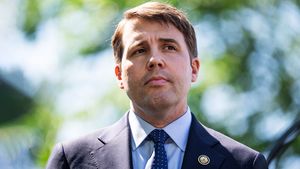(CNN) — A new study finds that in states withcertain restrictive abortion laws, even before the US Supreme Court overturned Roe v. Wade,the number of children whose parents couldn’t or wouldn’t care for them increased and their children end up in foster care.
The study, published Monday in JAMA Pediatrics, found that there was an 11 percent increase in children placed in foster care in states with certain abortion restrictions called TRAP laws, following the enactment of those TRAP laws, relative to states without such abortion restrictions.
The study saw this increase by comparing the number of children who were conceived between 1990 and 2011 and placed in foster care between 2000 and 2020 in states with TRAP laws to those who lived in states without such laws. More than 4 million children went into foster care during this time period. Black children disproportionately got placed in foster care.
TRAP stands for Targeted Restrictions on Abortion Providers. Ever since abortion became legal in 1973, states found ways to create laws that reduce access to abortion by restricting what clinics can and can’t do. Often restrictions become so burdensome, down to prescribing how long a hall in a clinic must be, clinics shut down. So, people seeking an abortion in these states may have a right to an abortion, but finding one is impossible. Twenty-three states have such restrictions.
Anti-abortion politicians often argue TRAP laws protect mothers and children, but multiple studies and courts have found that the laws do not make the procedure any safer.
Compared to people who live in states without abortion access issues, studies have consistently shown that pregnant people who live in abortion-restrictive states typically face more problems, some of them are even deadly. People are much more likely to die in childbirth or die due to a pregnancy-related issues, particularly people of color who live in abortion restricted states, earlier studies have shown and so are their infants. People denied abortions are also much more likely to experience financial distress.
An 11 percent increase in the number of children put into foster care may not sound like a lot, but the foster care system is already overburdened. The situation became even more stressed during the pandemic. In 2022, more than half of all states saw a significant decline in the number of available foster care homes, one study showed. So, even an 11 percent increase could push the system into further jeopardy.
With the Supreme Court decision to overturn Roe v. Wade, the situation isn’t likely to improve, according to study coauthor Dr. Savannah Atkins, a lecturer in Economics at Bentley University.
“Now with a total restriction of abortion in certain states, we’re obviously going to see this being exacerbated,” said Atkins. “We need to take into account these effects when we’re thinking of these, you know, sweeping legislations that regulate abortion.”
An editorial that accompanied the new study, written by doctors at Indiana University Medical School, highlighted the disproportionate burden abortion restrictions place on racial and ethnic minority families. The study found mainly families from these communities had to put children into foster care not due to neglect or abuse, but because they didn’t have adequate housing.
“I thought it was really sad and devastating,” said editorial co-author Dr. Tracey Wilkinson, an associate professor of pediatrics at Indiana University School of Medicine. “I think when people hear foster care, I think their head goes to a space of either neglect or abuse. And that’s not what’s happening here.”
Wilkinson said even when she sees patients who experience neglect or abuse, sometimes when she calls child protective services, the department cannot even return her calls; they are that overwhelmed with cases.
“These long-term downstream impacts of abortion restrictions will significantly add to this burden,” Wilkinson who is a pediatrician said.
In the editorial, she and her colleague Dr. Caitlin Barnard, an assistant professor in the Department of Obstetrics and Gynecology at the Indiana University School of Medicine, pointed out what they say is flawed reasoning behind abortion restrictions.
“This highlights the contradiction in the anti abortion position as it purports to protect women and families and at the same time, refuses to provide the support needed to safely raise their children,” the editorial said. “It is a sad day when we are faced with statistical evidence that our national policy includes forcing women to carry pregnancies and deliver children only to take them away due to an inability to afford housing.”
While there are loving foster families, children placed in foster care often fare worse when it comes to health, education, and income, than those who come from stable homes, particularly children of color, research shows.
Adkins says she knows firsthand that foster care can be good for children. Her own parents adopted some of her younger siblings out of foster care, but generally, being in foster care is not ideal for children.
“If you think about research that has been done on the effects of people that are in the foster care system itself, they’re obviously affected negatively in terms of their education, their health, and their mental health,” Adkins said. “So, it’s not just the burden that’s now placed on the foster care system that these abortion restrictions have had; it’s all these other effects, even after, that are now being impacted as well.”
The-CNN-Wire
™ & © 2023 Cable News Network, Inc., a Warner Bros. Discovery Company. All rights reserved.
Abortion laws create confusion

Video Source: Advocate Channel
- Anne Hathaway Celebrates Devil Wears Prada Anniversary by Fighting for Women's Rights ›
- New House Speaker Mike Johnson Has a Staggering Anti-Abortion Record ›
- Tricia Cotham Stabs Women in the Back as North Carolina Passes Abortion Ban ›
- Right-Wing Opposition to Abortion Isn't About Saving Lives ›
- Here Are the Elections Today That Could Impact Abortion Access ›
- Wednesday's Top Stories: Government Shutdown, Great Barrier Reef ›
- This Texas Woman Is Exposing a Chilling Truth About Abortion Law ›
- Supreme Court Will Hear Case on Abortion Medication Access ›
- Abortion Access Is Before Supreme Courts in Arizona, New Mexico, and Wyoming This Week ›
- Texas Has Legalized the Torture of Pregnant Women ›


















































